Under the Mediterranean sun - Malta
If spending a summer on an exotic island it's not on your bucket list, you really should consider your list. But don't just add it to your 'Things to do in a lifetime' work hard and get there.
Malta is a small island country in the Mediterranean Sea, that lies between Sicily (Italy) and the North African Coast. The Maltese Archipelago covers three inhabited and ready for you to visit islands; Malta, Gozo and Comino. I highly recommend seeing them all.
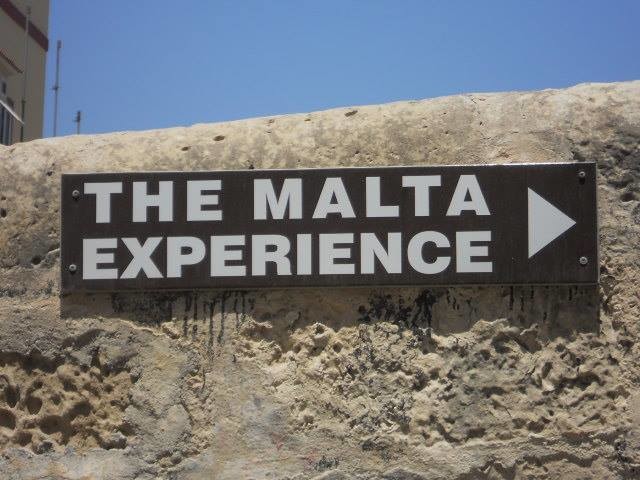
Malta is small enough not to get lost but big enough to keep you busy for three months. Malta is unique and famous for its breathtaking views and expensive locations. They take the tourism to another level and they do things differently.
Once I finished my first year of University, I packed light, didn't think twice, jumped on a plane and three hours later I landed on a sunny island. I had never been to an island before and never seen the Mediterranean Sea in my life. For some reason, I knew that all I needed was my camera, some suncream (actually tons of suncream SPF 50 if possible) and my sunglasses. And I was right!
I have never felt happier than I was that summer. Work hard, party hard and try everything was my legacy for the three months and I regret nothing! Getting in touch with the locals made me see the islands with different eyes and helped me discovered hidden amazing locations I would have probably missed.
I am going to share with you a list of 12 interesting facts about the Maltese Archipelago. In some of the locations I've been, I couldn't take pictures for various reasons; I was swimming, I wasn't allowed to or I was too impressed that I forgot I'm carrying a camera with me.
1. Malta's historical records go back about 5.900 B.C. (Yes, I typed correct 5.900 B.C.)
Malta is the perfect place to visit if you are into History and the paradise for an archaeologist.
First of all, you will spend weeks finding out about their historical sites open to the public like:
Hagar Quim Temple (5.000 B.C.) is the typical design of Neolithic temple.
Hal Saflieni Hypogeum (2.500 B.C.) the underground cemetery.
Both of them are well preserved and some of the oldest in the Maltese Archipelago.
*source:
- Heritage Malta.
- Maria Gimbutas, The Civilization of the Goddess: The World of Old Europe, 1991.
Secondly, the archaeological research and digging never stop in Malta. They have a very strict legal instrument in order to protect the cultural heritage of the islands.
The Public Library of Valletta offers free access to endless resources for those interested in finding out more about Malta's History. Speaking of which The Public Library was by far my favourite place to go. I got myself lost between the shelves and pages of their books.
2. Valletta is much more than a capital city

According to UNESCO Valletta is one of the most concentrated historic areas in the world. You will be able to feel that from the first steps on its narrow streets. Over the centuries this peninsula city belonged to Phoenicians, Greeks, Carthaginians, Romans, Byzantines, Arabs and to the Knights of Saint John. The area of Valletta is no bigger than 55 ha.
*source:
- World Heritage Collection www.unesco.org
The main bus top of the island is located in the heart of Valletta and it will not take longer than an hour to get to any location of the island. That explains why Malta is one of Europe's smallest countries.
3. Siestas - a Mediterranean habit
Unlike most of the European countries, the Mediterranean ones prefer to take a break in the middle of the day. Countries like Spain, Italy (Southern of the country), Greece, Cyprus and of course Malta they have siesta time (1 pm - 3 pm). You will not be able to find a local shop, bank, supermarket or petrol station open in between these hours. Thank God the coaches company was not following this rule, because people would have died of dehydration on the streets of Malta.
Locals will make sure you know about their habit, informing you all the time they are going to have a nap in the middle of the day. I, personally, don't blame them. The climate conditions are not friendly at all. Temperatures can, easily, go up to 35 Celsius degrees on a regular summer day.
Their siesta time could probably be one of the reasons Malta is among the top 50 happiest countries in the world, one of the many reasons.
4. They drive on the left
There is one thing you need to know before getting out of the airport. They drive on the left! Look in the opposite direction if you are trying to cross the street. That will literally save your life. You're welcome! Unless you are arriving from The United Kingdom, Japan or Australia, be aware the bus is coming on the other side of the road, taxi as well.
They kept this habit of driving on the left side because Malta was part of the United Kingdom for a good part of the 19th and 20th century.
They also used to have the old fashion buses, which, for safety reasons have been replaced in 2011 by new buses.
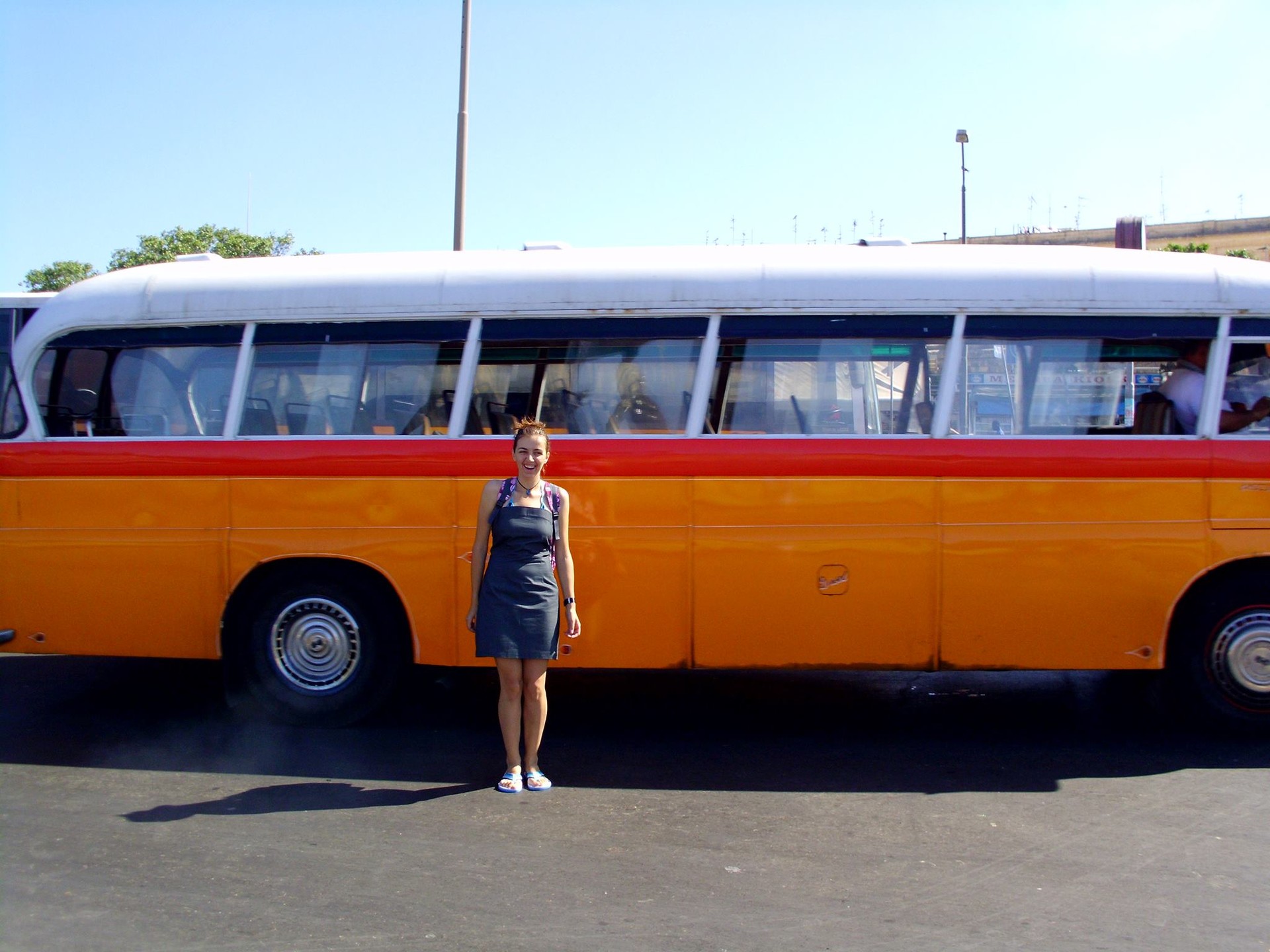
5. Azure Window of Gozo
I class myself as one of the lucky tourists that had the chance to see the natural arch up, back in 2011. Unfurtanetlly during a storm in March 2017 the arch collapsed.
It used to look magnificent, I am telling you! If you check on Google, the pictures are good enough to be used as a wallpaper for your desktop. Back in 2011 when I have been there, we were not allowed to walk on the top of the arch (apparently they had a good reason) but you could swim nearby.
6. They have two official languages
As I mentioned before, Malta has been part of the British Commonwealth for over 150 years. That is the reason they drive on the left side. Besides that, they also kept English as their official language alongside with the Maltese. It is a unique language, a mix of Italian, Arabic and English, but using the Latin Alphabet.
Children in Malta's schools, as well as in the family, are taught the two languages from the very beginning. Later on, they will be able to study Italian or French as a foreign language.
You can tell now why Malta is so tourist friendly.
7. Comino Island is more or less uninhabited
Comino has a single hotel left and opens to the public. No cars are allowed on the tiny island. You can get there by boat from many locations in Malta.
What made it famous is the Blue Lagon. The pictures will speak for themselves.
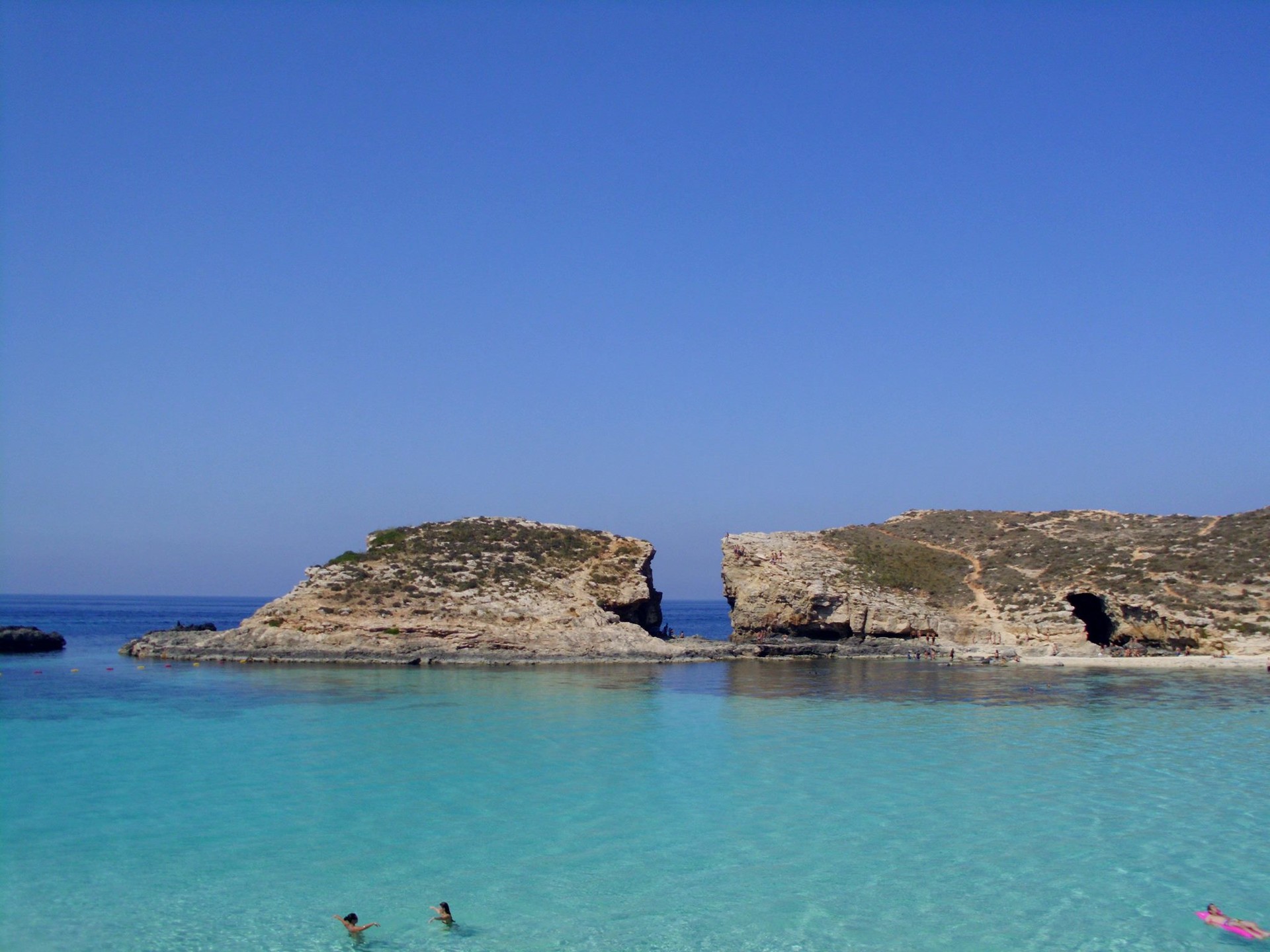
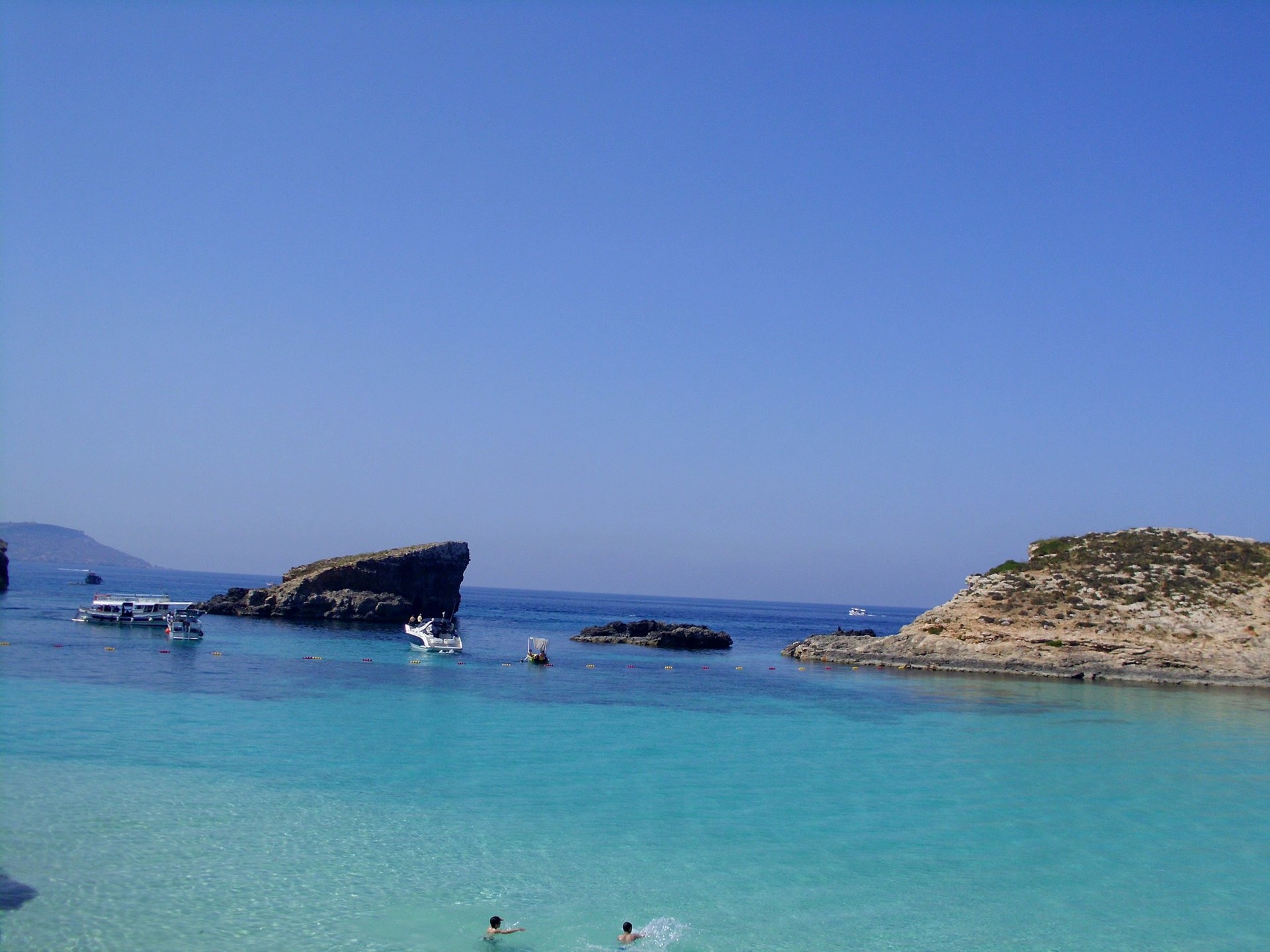
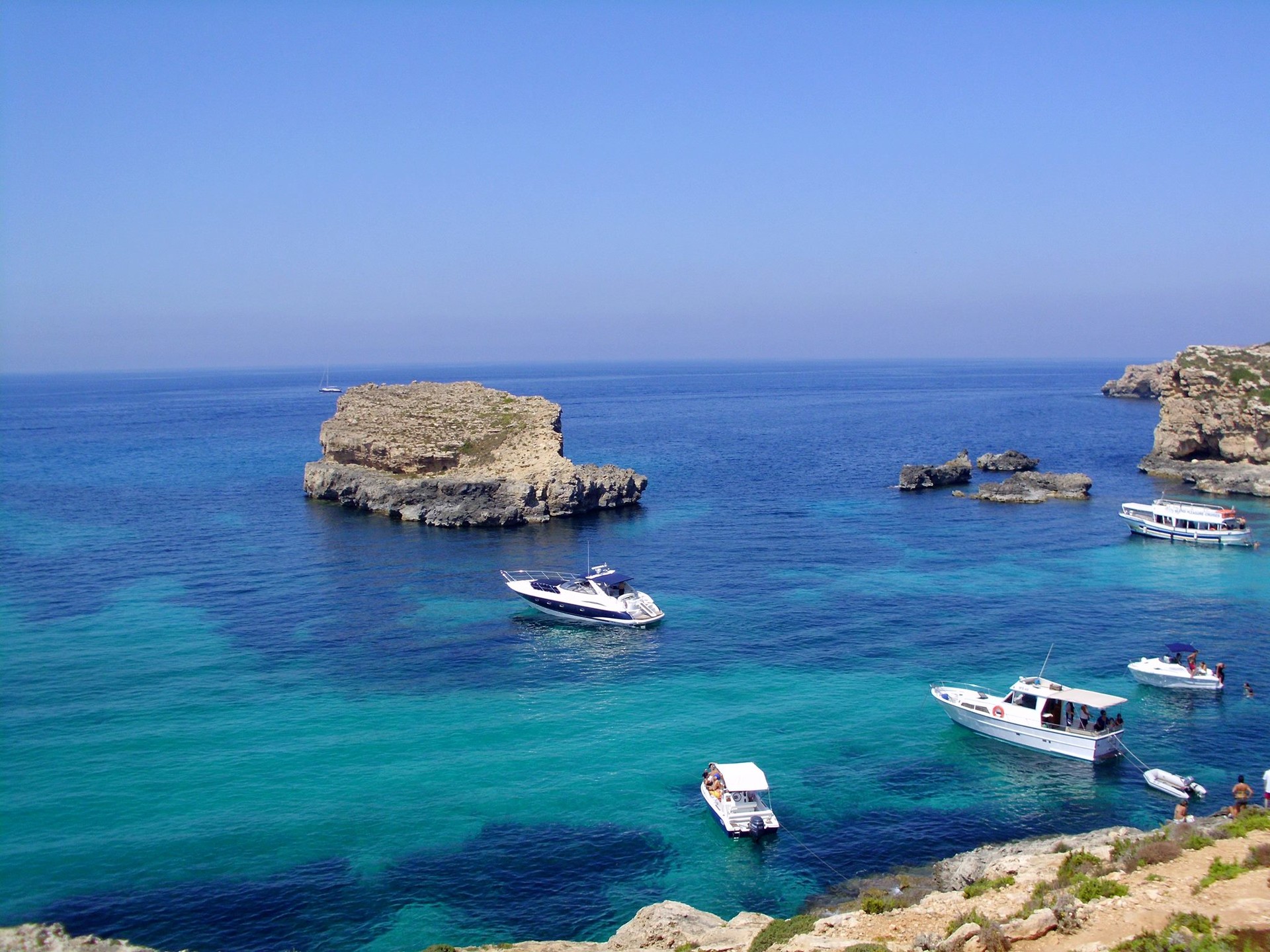
8. Mdina, 'The Silent City'
Mdina used to be the capital city of the Maltese Archipelago over the Antique and Medieval Era. For Modern times Valletta became the capital of Malta and the two cities were linked by Malta Railway, which is not operating nowadays.
The local authorities only allow the resident's cars (about 400 inhabitants in 2014) on Mdina's roads, that's is why this place it's called 'The Silent City'. The architecture of the city is impressive and their summer celebrations, mostly religious, are even better. Best time to visit it's August.
9. Calypso Cave of Gozo
It's said to be the cave Homer wrote about in his major opera 'The Odyssey'.
Book 9:
'I am Odysseus, son of Laertes [...]
I live in Ithaca, a land of sunshine [...]
When Calypso, that lovely goddess, tried
to keep me with her in her hollow caves '
*source: Translated by Ian Johnston, Vancouver University, Nanaimo, British Columbia, Canada.
Nowadays the cave is open to visit, located on a cliff just outside Xaghra. It's not the easiest to find it but asking a person or two, you will get there.
10. Popeye Village
This village is definitely a must view when you get on the Island. Located on Anchor Bay, about 2 miles from Mellieha, one of the most popular beaches of Malta.
The village became famous after 1980 when the musical production Popeye was released. Today you can still admire the collection of wooden buildings, transport yourself into the movie for an hour or two and definitely try a dish of spinach.
11. The endless walking paths
Against the fact that Malta is one of the smallest counties of Europe, its walking paths are endless, not to mention, most of the time you will have a sea view. How cool is that!
You can get lost on the narrow streets of Valletta or Mdina. Try Mosta and Hal Lija as well. Then Sliema, Mellieha, Msida, and Saint Julian will give you breathtaking sea views.
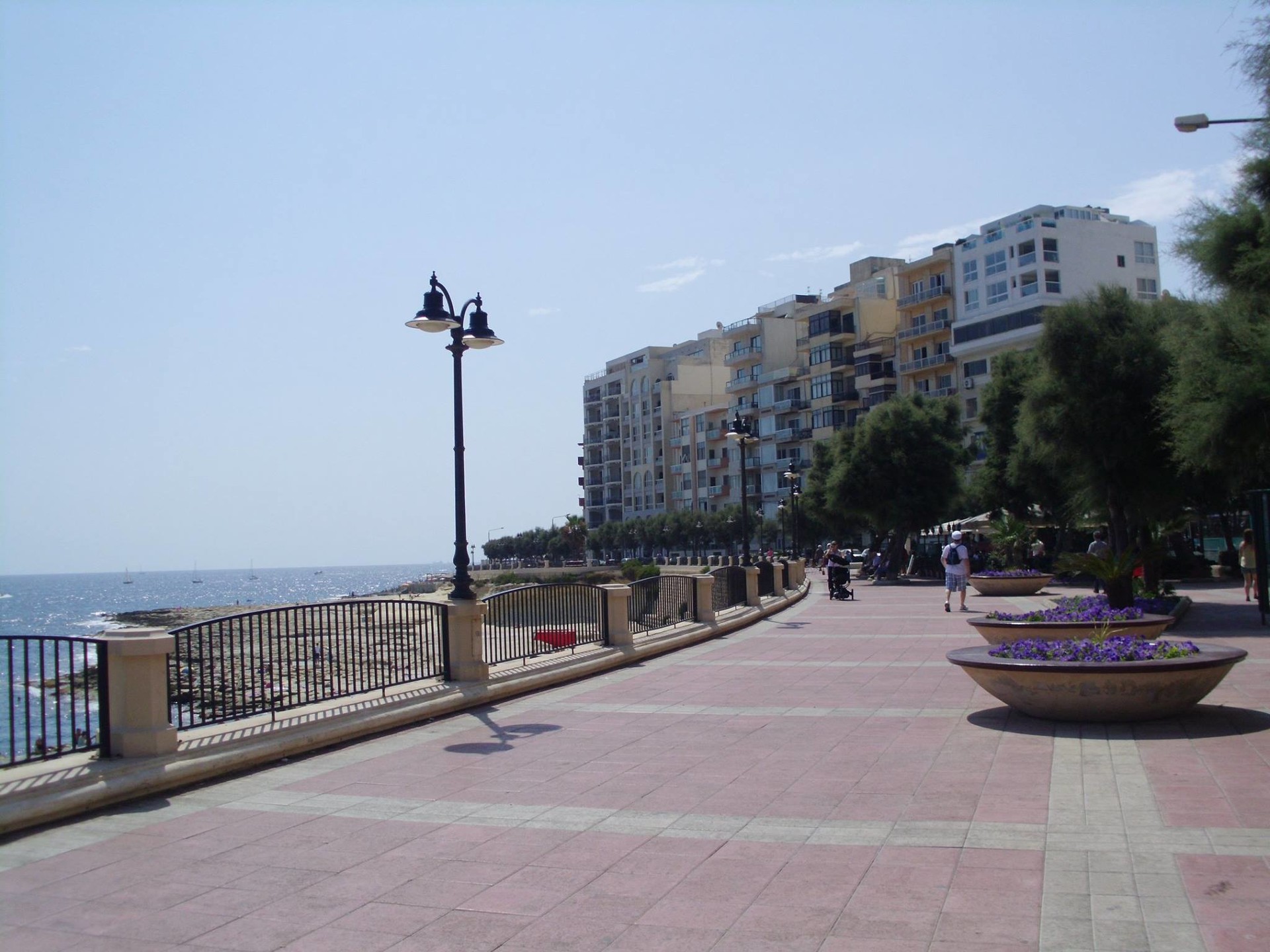
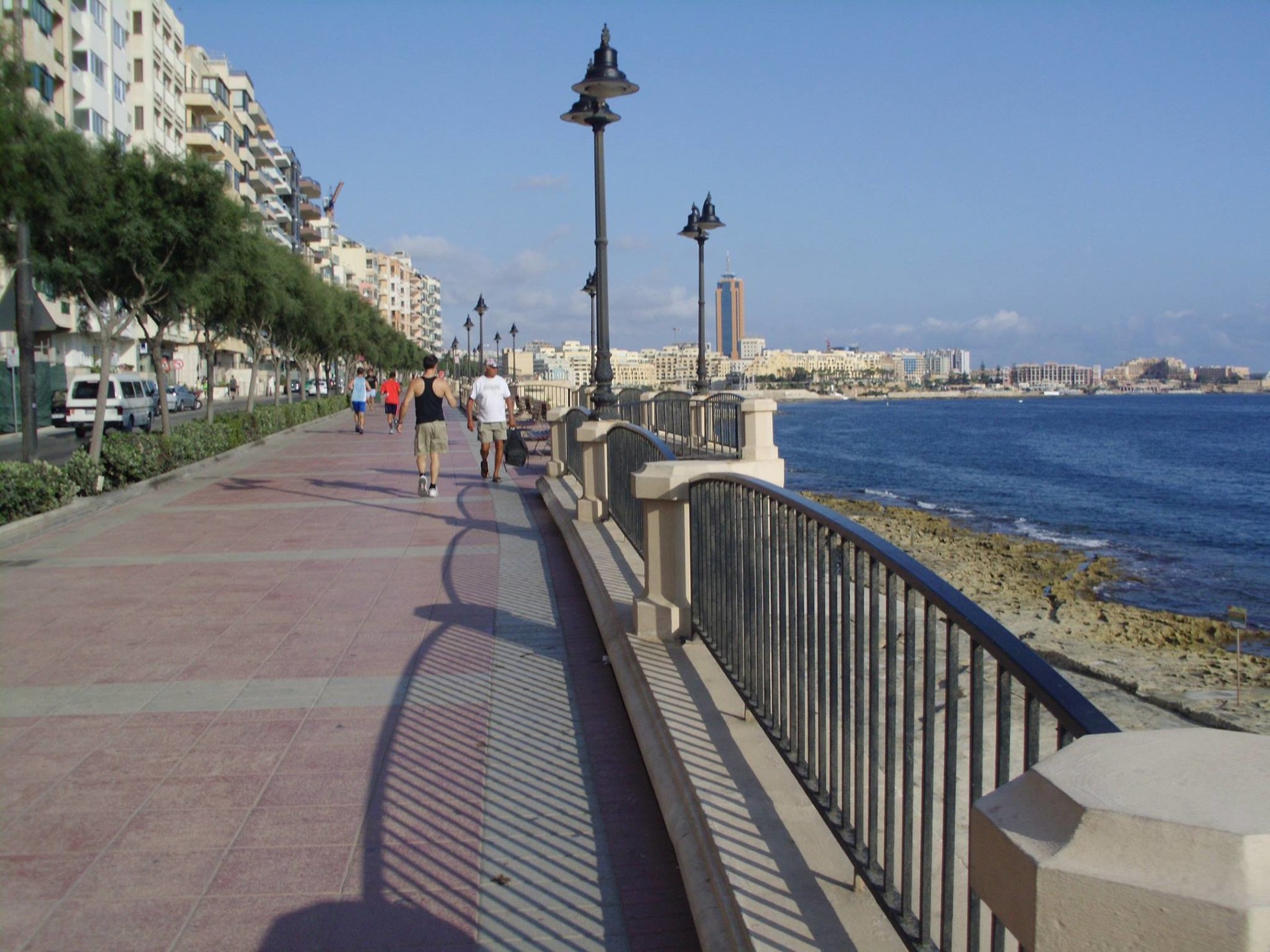
Sliema
You can find yourself jogging in the morning from a village to another, saying 'Hello' to some early locals, have a swim on any beach you can find and return home before the temperatures are about to explode.
12. The nightlife
You probably noticed I prefer talking about the nightlife at the end of my articles.
Last but not least the entertainment plays a major part in our lives. The human brain is designed to use some breaks from the daily routine, every now and then. Every person has its own way of entertainment, from reading a book, riding a horse, practising a sport, to spending time with your loved ones or going out with your friends, I call it the necessary disconnection.
As many other things in Malta, the nightlife is taken to another level. Paceville is the little village that parties big. If you are the type of person that loses count of the drinks or you usually don't remember how you got home last night, Paceville it's not a place to visit. It can become dangerous!
On the other hand, if you know your limits and want to have fun on a summer night with your friends, Paceville it's the only place you should end up going.
You will find more than 20 clubs, bars, casinos, and much more in this small neighbourhood of Saint Julian. It is worldwide famous for its diversity of entertainment you will find there. Most of the places have free entrance and open until the early hours of the morning.
Bonus!
I couldn't come to an end without mentioning Malta's local cuisine.
The Mediterranean, of course! By all means, you have to try their rabbit steak, a large palette of seafood and, my personal favourite, pastry. It is delicious!
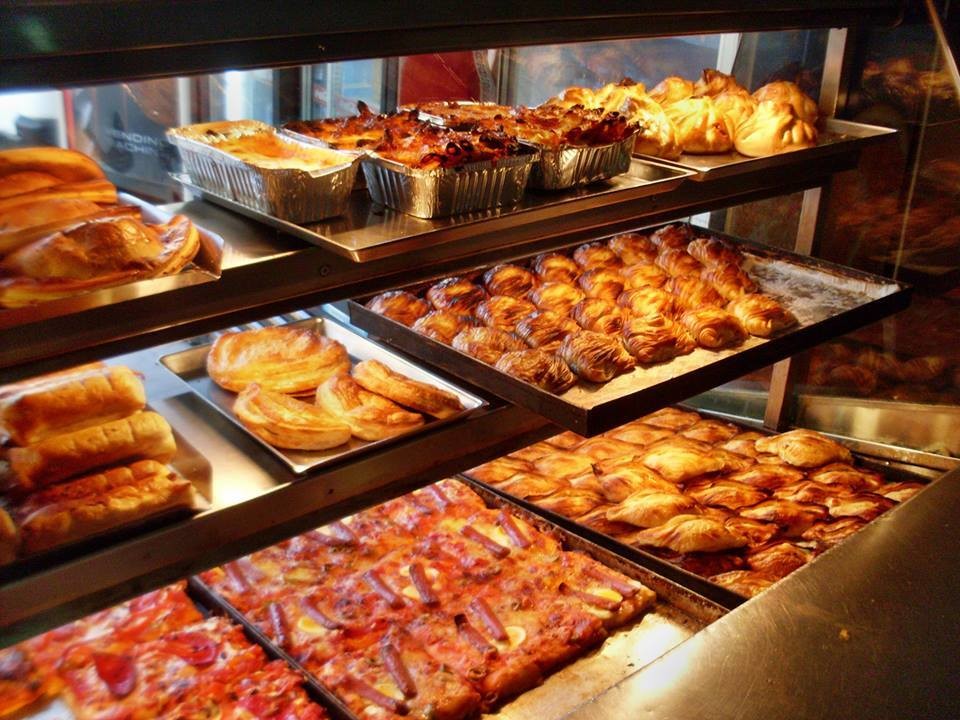
Malta's pastry
Malta for me was a taste of living in the rich man's world and I was lucky enough to experience that all because of the Erasmus Programme. So my advice for you my fellows (I'm gonna say it again!) Work hard, party hard!
Photo gallery
Want to have your own Erasmus blog?
If you are experiencing living abroad, you're an avid traveller or want to promote the city where you live... create your own blog and share your adventures!
I want to create my Erasmus blog! →





























Comments (0 comments)